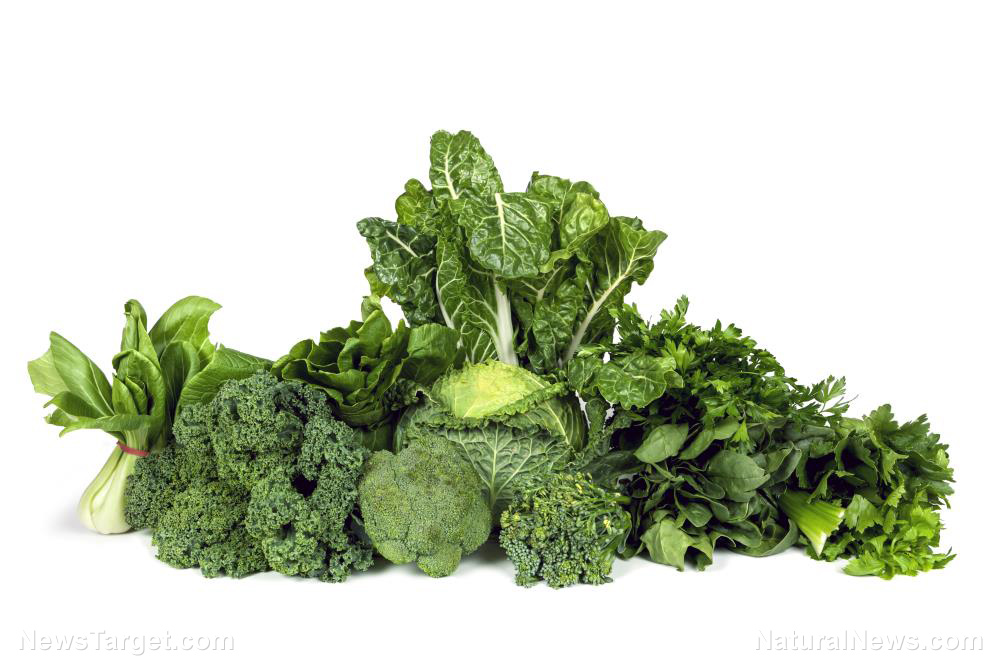
Many people drink coffee for an energy boost, but do you know that it can also prolong your life? A study published in the journal Circulation revealed that moderate amounts — or less than five cups — of coffee each day can lower your risk of death from many diseases, such as cardiovascular disease, Type 2 diabetes, and nervous system disorders. It can also lower death risk due to suicide.
The study’s researchers explained this effect could be attributed to coffee’s naturally occurring chemical compounds. These bioactive compounds reduce insulin resistance and systematic inflammation, which might be responsible for the association between coffee and mortality. (Related: Coffee drinkers have a lower mortality rate and lower risk of various cancers.)
The researchers reached this conclusion after analyzing the coffee consumption every four years of participants from three large studies: 74,890 women in the Nurses’ Health Study; 93,054 women in the Nurses’ Health Study 2; and 40,557 men in the Health Professionals Follow-up Study. They did this by using validated food questionnaires. During the follow-up period of up to 30 years, 19,524 women and 12,432 men died from different causes.
They found that people who often consumed coffee tend to smoke cigarettes and drink alcohol. To differentiate the effects of coffee from smoking, they carried out their analysis again among non-smokers. Through this, the protective benefits of coffee on deaths became even more apparent.
With these findings, the researchers suggested that regular intake of coffee could be included as part of a healthy, balanced diet. However, pregnant women and children should consider the potential high intake of caffeine from coffee or other drinks.
The power of the elements: Discover Colloidal Silver Mouthwash with quality, natural ingredients like Sangre de Drago sap, black walnut hulls, menthol crystals and more. Zero artificial sweeteners, colors or alcohol. Learn more at the Health Ranger Store and help support this news site.
Because the study was not designed to show a direct cause and effect relationship between coffee consumption and dying from illness, the researchers noted that the findings should be interpreted with caution. Still, this study contributes to the claim that moderate consumption of coffee offers health benefits.
The many benefits of coffee
Many studies have shown that drinking a cup of coffee provides health benefits. Here are some of them:
- Coffee helps prevent diabetes: A study conducted by University of California, Los Angeles (UCLA) researchers showed that drinking coffee helps prevent Type 2 diabetes by increasing levels of the protein sex hormone-binding globulin (SHBG), which regulates hormones that influence the development of Type 2 diabetes. Researchers from Harvard School of Public Health (HSPH) also found that increased coffee intake may lower Type 2 diabetes risk.
- Coffee protects against Parkinson’s disease: Studies have shown that consuming more coffee and caffeine may significantly lower the risk of Parkinson’s disease. It has also been reported that the caffeine content of coffee may help control movement in people with Parkinson’s disease.
- Coffee keeps the liver healthy: Coffee has some protective effects on the liver. Studies have shown that regular intake of coffee can protect against liver diseases, such as primary sclerosing cholangitis (PSC) and cirrhosis of the liver, especially alcoholic cirrhosis. Drinking decaffeinated coffee also decreases liver enzyme levels. Research has also shown that coffee may help ward off cancer. A study by Italian researchers revealed that coffee intake cuts the risk of liver cancer by up to 40 percent. Moreover, some of the results indicate that drinking three cups of coffee a day may reduce liver cancer risk by more than 50 percent.
- Coffee prevents heart disease: A study conducted by Beth Israel Deaconess Medical Center (BIDMC) and HSPC researchers showed that moderate coffee intake, or two European cups, each day prevents heart failure. Drinking four European cups a day can lower heart failure risk by 11 percent.
